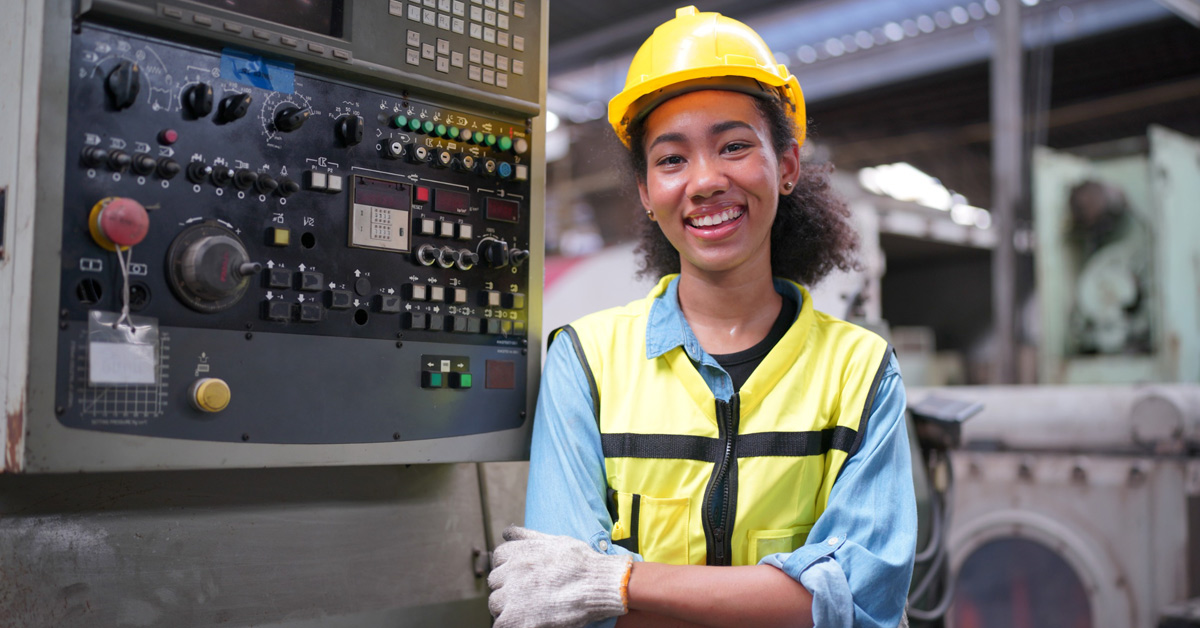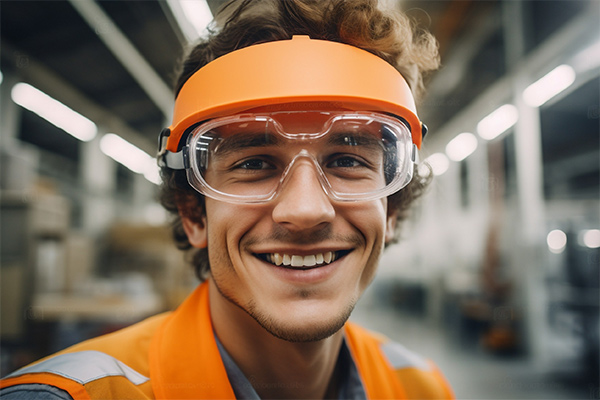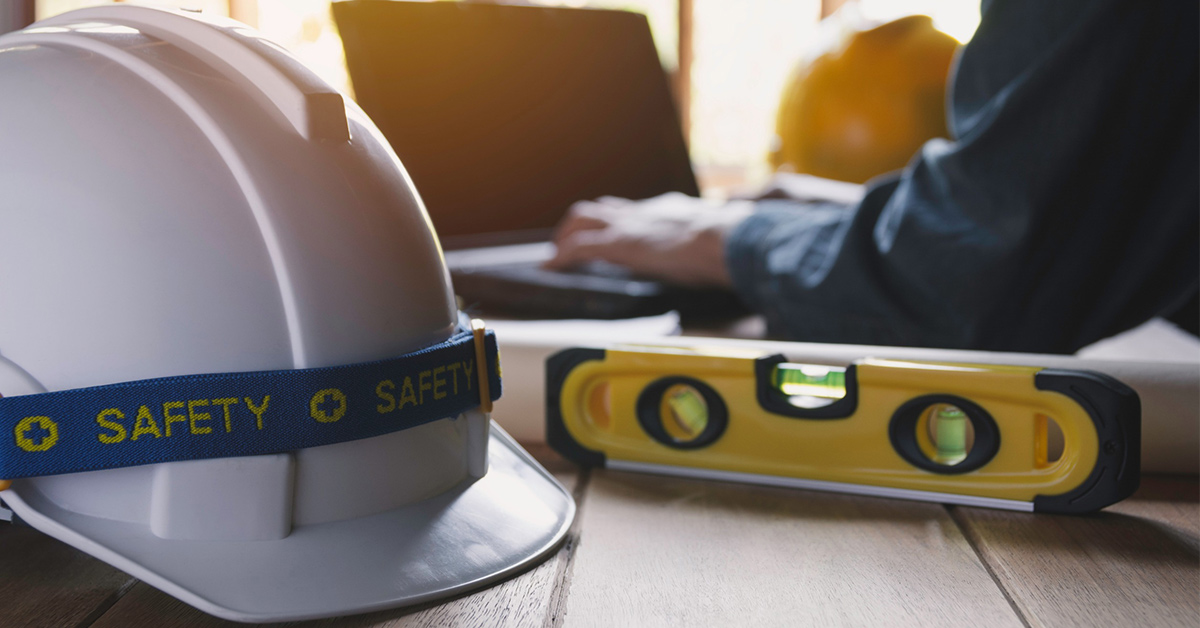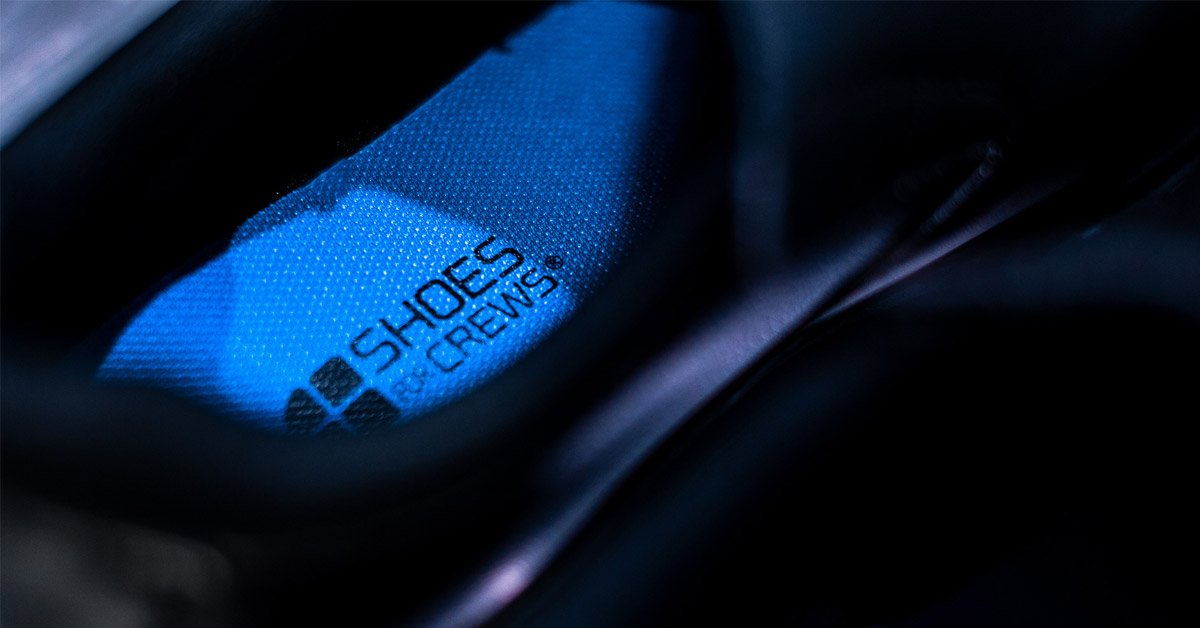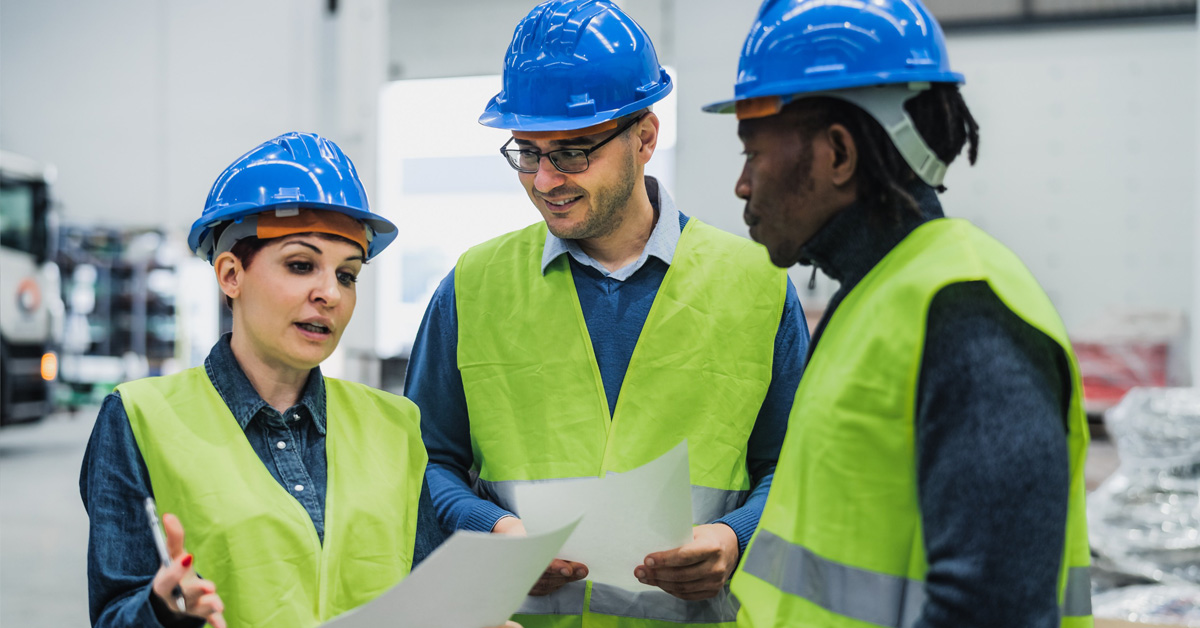Manufacturing factories and warehouses present certain risks and occupational hazards due to their fast-paced and high-pressure environments. There is only so much that can be done to prevent risks due to the nature of the work. This includes harmful substances or flying debris with which they may come into contact with in the workplace. By mitigating risks in advance, managers can anticipate potential injuries and accidents that may occur.
According to the HSE, the main function of using Personal Protective Equipment (PPE) in manufacturing is to provide a physical barrier to protect the wearer from harm. The better you define the task or job that requires PPE, the easier it will be to advise on the appropriate equipment.
Let us look at the six types of PPE your crew needs when working in manufacturing and how protective footwear from Shoes For Crews can safeguard them even more.
1. PPE for Head Protection
Starting at the top, good, solid head protection is one of the most essential pieces of PPE required in manufacturing. This type of equipment helps keep your employees safe from falling objects, extreme temperatures and other head-related injuries.
PPE such as helmets, protective headgear, bump caps and hard hats are required for construction workers and engineers.
2. PPE for Hearing Protection
Manufacturing and construction sites are often known to be busy and noisy environments. Loud noises in the workplace can cause significant damage to a worker’s hearing, especially if the exposure is frequent and prolonged. Many employees such as mechanics and machinists use at least one of the following hearing protection PPE:
- Noise-cancelling headphones
- Protective headphones
- Ear defenders or ear plugs
3. PPE for Hand Protection
Almost any type of manual labour job requires hand protection. The types of materials and their durability are important things to be aware of when supplying or modifying existing PPE for your workers in the manufacturing industry. Some materials are suitable for repeated use, while others must be disposed of immediately after each use. Depending on the tasks your employees perform, there are four types of gloves your crew can wear to safely complete their tasks:
- High-visibility gloves
- Impact-resistant gloves
- Cut-resistant gloves
- Insulated gloves

